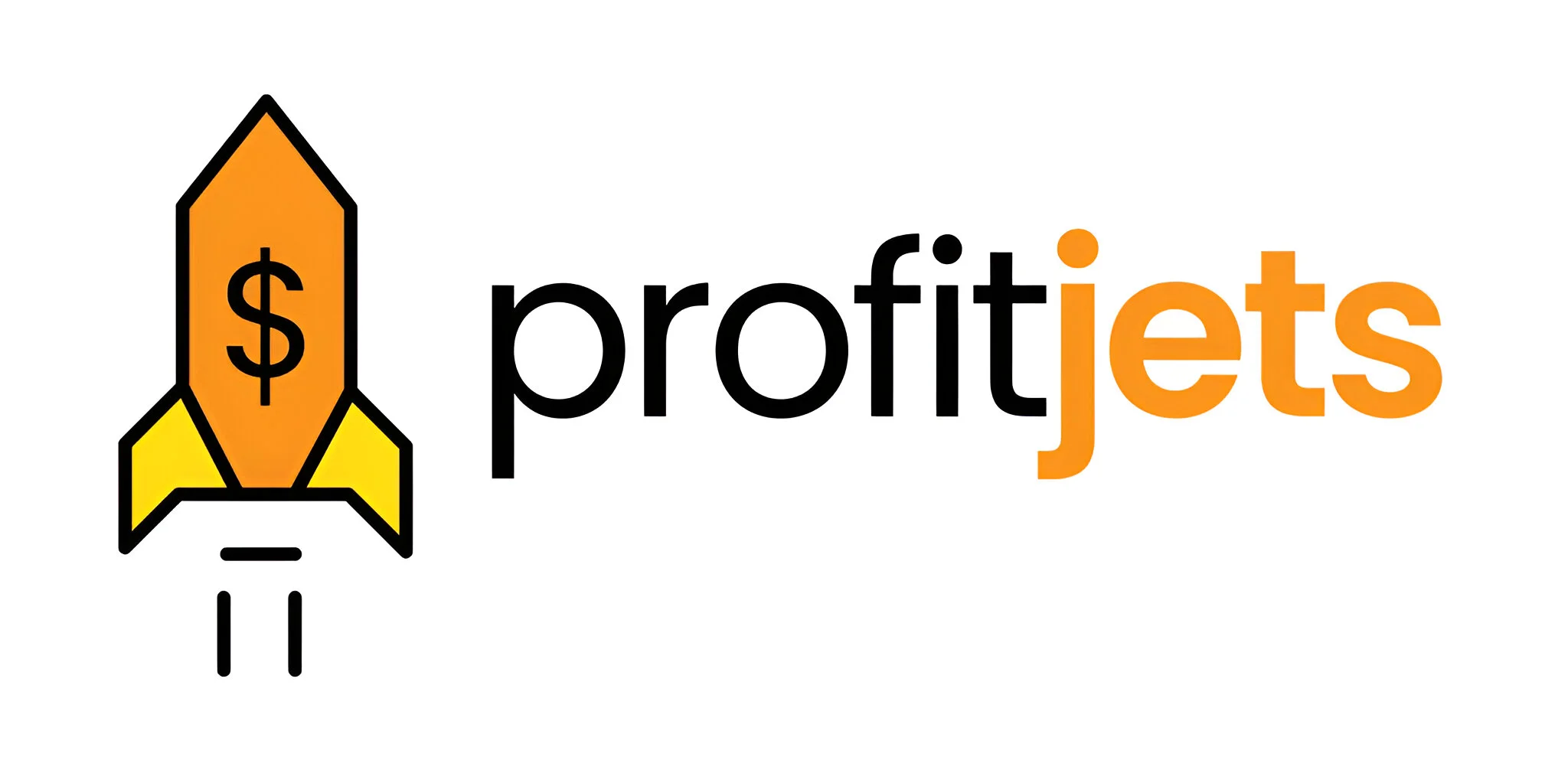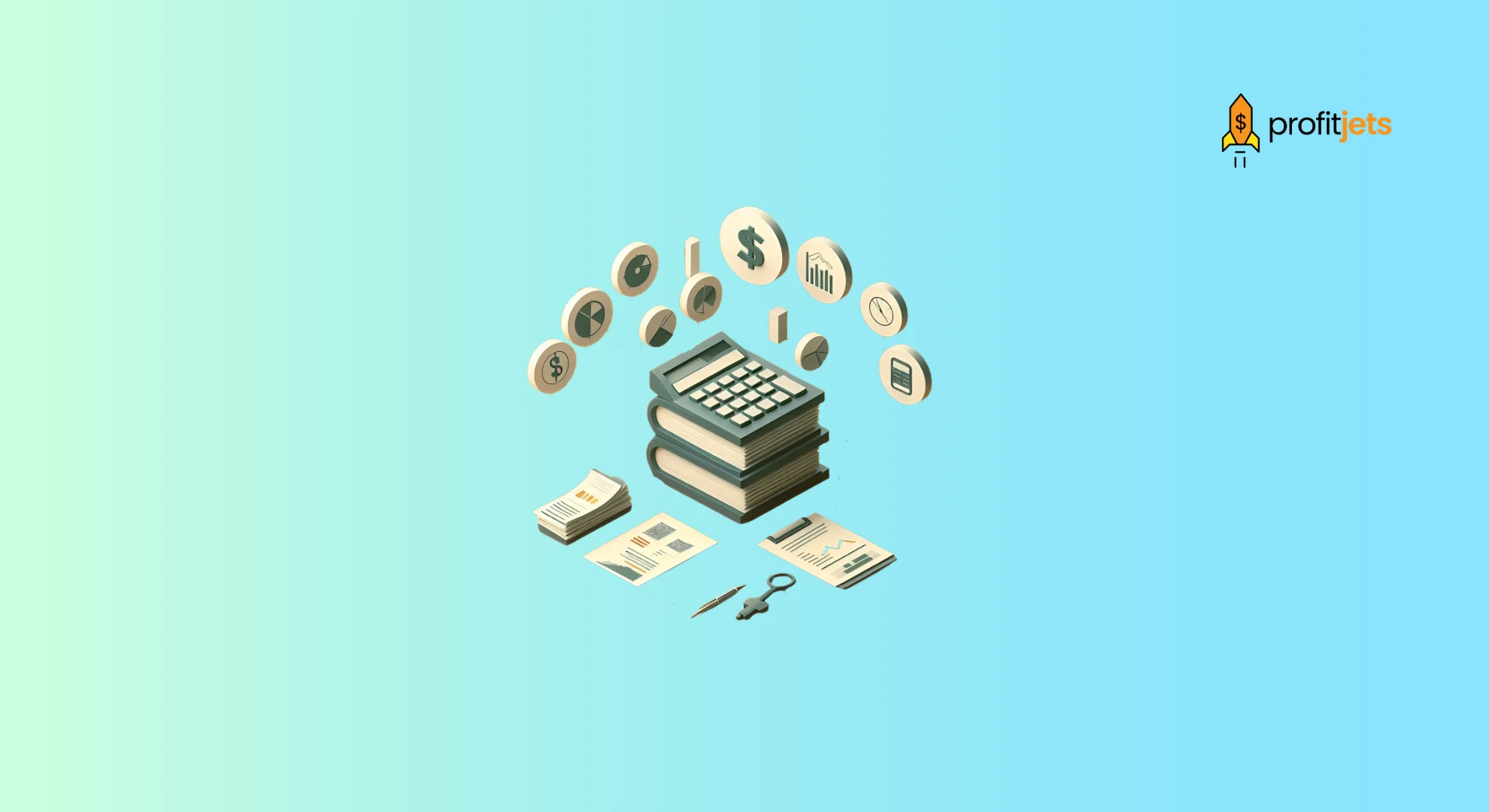Managing cash flow effectively is critical for sustained growth and profitability in today’s competitive business environment. Accounts receivable factoring, AKA invoice factoring, enables companies to leverage the value of unpaid invoices. This comprehensive guide shows the intricacies of accounts receivable factoring, empowering companies and financial professionals with a clear understanding of its functionality and potential benefits.
Table of Contents
What is Factoring Accounts Receivable?
A method of financial exchange known as accounts receivable factoring is utilized by businesses to sell their outstanding invoices to a third-party company, commonly referred to as a factor. The factor advances a percentage (typically 70% to 90%) of the invoice value upfront, minus any fees associated with the service. The factor sends the business the balance (invoice value minus advance and fees) after the customer has paid the invoice but subtracts a factoring fee.
How Does Accounts Receivable Factoring Work?
The accounts receivable factoring process typically follows these steps:
- Selection of a Factoring Company: Businesses evaluate different factoring companies, comparing fees, terms, and industry expertise.
- Invoice Submission: The business sells its unpaid invoices to the factor.
- Advance Payment: The factor provides the business with an immediate advance (typically 70-90% of invoice value).
- Customer Payment: The customer settles the invoice directly with the factor.
- Remaining Balance Remittance: Upon receiving payment from the customer, the factor deducts its fees and remits the remaining balance (invoice value minus advance and fees) to the business.
Types of Accounts Receivable Factoring
Several factoring arrangements cater to different business needs:
- Recourse Factoring: The business assumes some risk if the customer fails to pay the invoice. In this case, the company may be responsible for repurchasing the unpaid invoice from the factor.
- Non-Recourse Factoring: The factor takes on the credit risk that arises due to the customer’s failure to make payment. Non-recourse factoring typically comes with higher fees but offers more excellent protection for the business.
- Spot Factoring: Businesses can sell specific invoices on a case-by-case basis, offering flexibility for short-term cash flow needs.
- Bulk Factoring: This arrangement involves continuously selling a large volume of invoices, which is suitable for businesses with a consistent flow of receivables.
Also Read: Accounts Receivable: Definition, Calculation, Process and Challenges
Purpose of Accounts Receivable Factoring
Businesses utilize accounts receivable factoring for various purposes:
- Improve Cash Flow: Factoring unlocks immediate cash from outstanding invoices, alleviating cash flow constraints and supporting business operations.
- Faster Growth: Improved cash flow enables businesses to seize growth opportunities, such as investing in inventory, marketing initiatives, or expansion plans.
- Enhanced Customer Service: Factoring allows businesses to offer extended payment terms to customers without compromising their cash flow.
- Creditworthiness Improvement: Consistent factoring arrangements can enhance a business’s perceived creditworthiness by demonstrating a reliable funding source.
Benefits of Accounts Receivable Factoring
Several advantages make accounts receivable factoring an attractive option for businesses:
- Improved Cash Flow: The immediate cash advance boosts cash flow, enabling businesses to meet financial obligations and operational expenses without delay.
- Reduced Credit Risk: Non-recourse factoring shields the business from bad debts associated with customer defaults on invoice payments.
- Enhanced Customer Service: Offering extended payment terms can improve customer satisfaction and increase sales volume.
- Focus on Core Business: By outsourcing credit control and collection activities to the factor, businesses can dedicate resources to core competencies.
Factoring Accounts Receivable – Example
Consider a company that sells office supplies on credit terms with a net 30-day payment cycle. They have an outstanding invoice for $10,000 with a customer. If the company needs immediate cash for payroll, it chooses to factor in the invoice. The factor agrees to advance 80% of the invoice value upfront ($8,000) minus a 2% factoring fee ($160). The company receives an immediate cash infusion of $7,840.
Once the customer pays the invoice to the factor, the factor deducts its fees and remits the remaining balance to the company. In this example, the company would receive $2,160 ($10,000 invoice value – $7,840 initial advance – $160 factoring fee).

Accounts Receivable Factoring – Rates
The fees associated with accounts receivable factoring vary depending on several factors, including:
- Factor company: Different factors have varying fee structures.
- Customer creditworthiness: Customers with a strong payment history typically qualify for lower fees.
- Average invoice size: Factoring large invoices often comes with lower fees per invoice than smaller ones.
- The volume of invoices factored: Businesses selling higher invoices may negotiate lower fees.
Factoring fees typically include:
- Factoring Fee: The factor charges a percentage of the invoice value as compensation for the services provided.
- Reserve Fee: In recourse factoring arrangements, the factor may hold back a portion of the advance (typically 1-5%) as a reserve to cover potential bad debts. This reserve is returned to the business once the customer settles the invoice.
- Other Fees: Additional fees may be charged, including application fees, account maintenance fees, or early payment discounts if the business pays off the advance early.
It’s crucial for businesses to carefully evaluate the total cost of factoring, including all associated fees, when comparing different factoring companies and determining if it’s a financially viable solution.
How is Accounts Receivable Factoring Different from Invoice Factoring?
“accounts receivable factoring” and “invoice factoring” are often used interchangeably. There’s a subtle distinction between the two:
- Accounts Receivable Factoring: This broader term encompasses selling a portfolio of outstanding invoices to a factor. It can include a single invoice (spot factoring) or a continuous stream of invoices (bulk factoring).
- Invoice Factoring: This term refers explicitly to selling a single invoice to a factor.
In essence, invoice factoring is a type of accounts receivable factoring focused on individual invoices. Both terms ultimately refer to the practice of selling outstanding invoices to a factor to unlock immediate cash.
Accounts Receivable Financing vs Factoring
Accounts receivable financing and factoring are financing solutions that leverage a company’s outstanding invoices. However, key differences exist between the two:
Accounts Receivable Financing:
- Loan Structure: In accounts receivable financing, the business receives a loan secured by its accounts receivable. The loan amount typically ranges from 70% to 85% of the invoice value.
- Ownership of Invoices: The business retains ownership of the invoices and is responsible for collecting customer payments.
- Credit Risk: The business bears the credit risk associated with customer defaults.
- Interest Charges: Accounts receivable financing accrues interest on the outstanding loan balance.
- Collection Responsibilities: The business handles all customer communication and collection efforts.
Accounts Receivable Factoring:
- Sale of Invoices: In accounts receivable factoring, the business sells its invoices to the factor outright.
- Immediate Cash Advance: The factor provides an immediate advance (typically 70% to 90% of invoice value) minus fees.
- Reduced Credit Risk: Non-recourse factoring transfers the credit risk to the factor.
- Factoring Fees: Factoring companies impose charges for the services they provide.
- Collection Responsibilities: The factor typically handles customer communication and collection activities.
Choosing Between Accounts Receivable Financing and Factoring:
Your particular needs will determine the most suitable option for you. Here’s a quick guide:
- Choose Accounts Receivable Financing if:
- You prefer to retain ownership and control over your invoices.
- You have creditworthy customers with a reliable payment history.
- You prioritize minimizing upfront costs (factoring fees can be higher).
- Choose Accounts Receivable Factoring if:
- You need immediate access to cash and can’t wait for customer payments.
- You’re concerned about customer defaults and bad debts.
- You’d like to outsource collection activities and reduce your workload.

Conclusion
Accounts receivable factoring presents a valuable tool for businesses seeking to improve cash flow, enhance customer service, and mitigate credit risk. By understanding the intricacies of this financial strategy, companies can make informed decisions about its suitability for their specific needs. It’s crucial to carefully evaluate different factoring companies, compare fees, and assess the total cost of this financing solution. Consulting with a financial advisor like Profitjets can be beneficial to determine if accounts receivable factoring aligns with your business’s overall financial goals.
FAQs on Accounts Receivable Factoring
1. How long do factoring companies fund invoices?
Typically within 24–48 hours after approval. Speed depends on payer terms and factor system integration.
2. Will factoring affect my customer relationships?
Factors can be discreet. Choose providers who communicate professionally and reflect your brand.
3. Are factoring fees tax-deductible?
Yes—factoring fees are generally considered business expenses and are deductible as part of COGS or operating costs.
4. Can startups use factoring without revenue?
Yes—many factors evaluate your customers’ creditworthiness instead of your business’s revenue.
5. What’s the difference between recourse and non-recourse factoring?
Recourse means you assume the risk if the invoice isn’t paid. Non-recourse transfers that risk to the factor.










